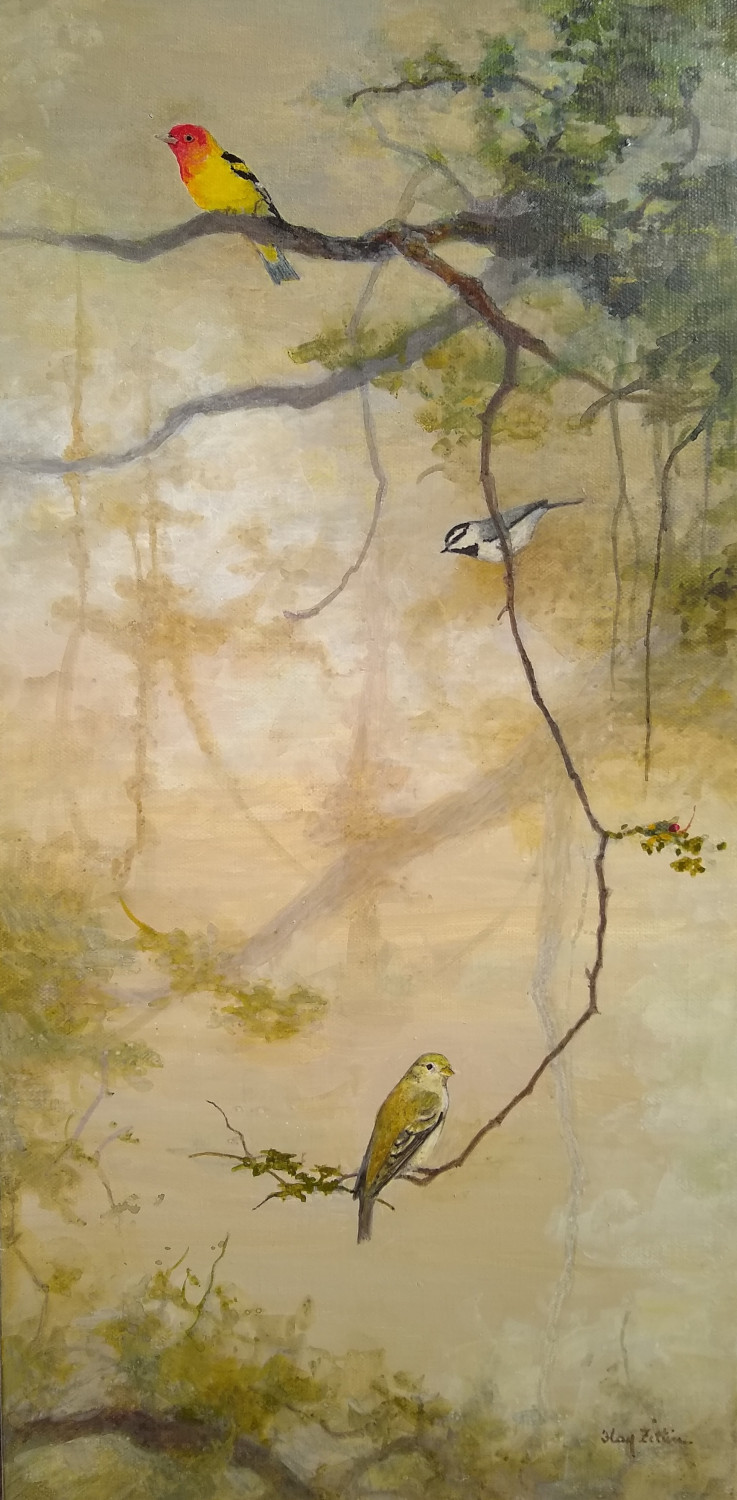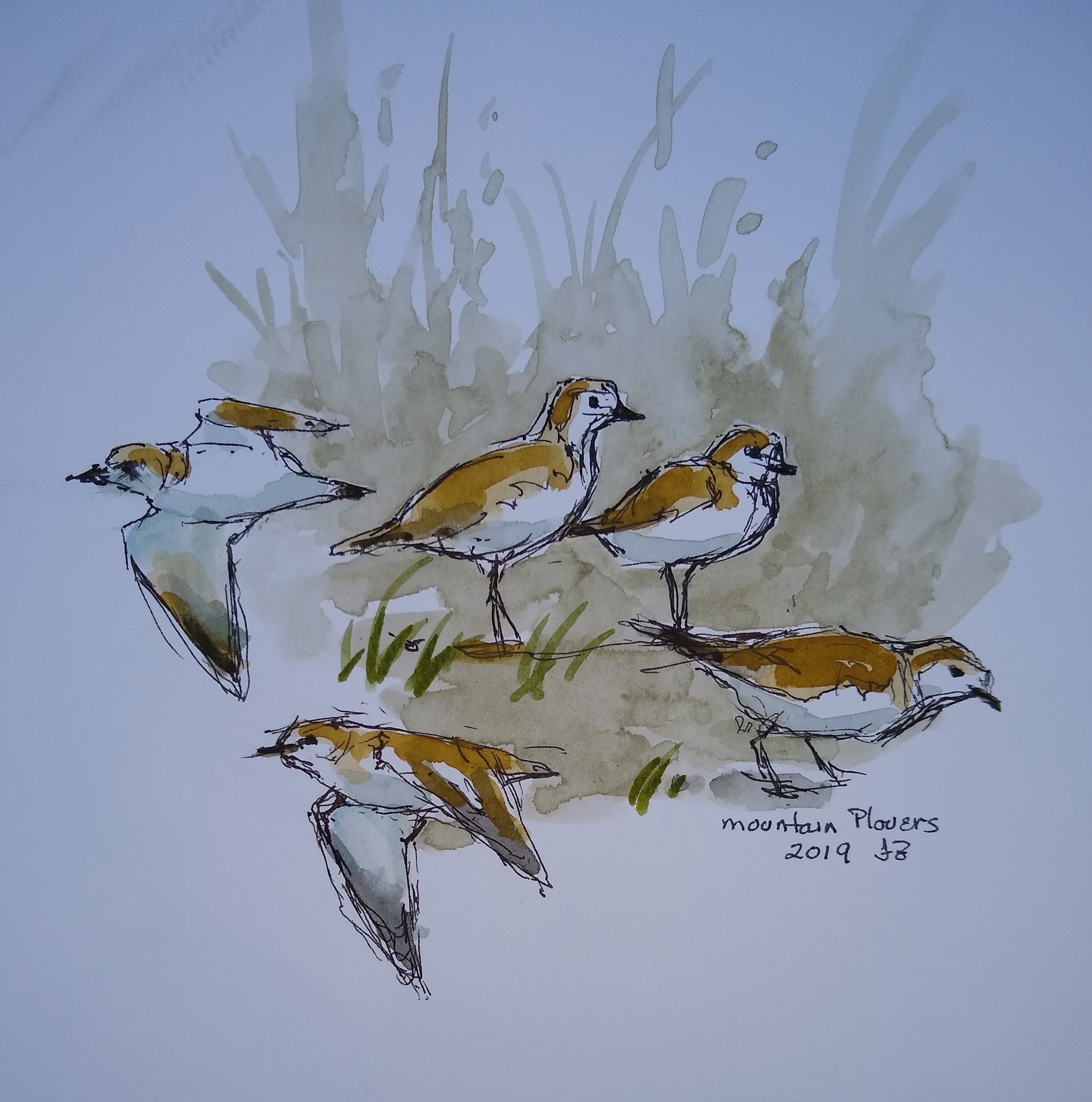Common Yellowthroat
This cute warbler usually inhabits marshy areas, often in and around reeds or other vegetative tangles. This is a photo of a male. The female’s colors are subdued. They skulk around in dense vegetation making them hard to see, but every once in awhile one will appear for a photo. In the spring they can more easily be found by their song which sounds like whichety-whichety-whichety and is quite a racket for a tiny bird. In the northern summer, this species can be found across the entire United States and the southern half of Canada.












